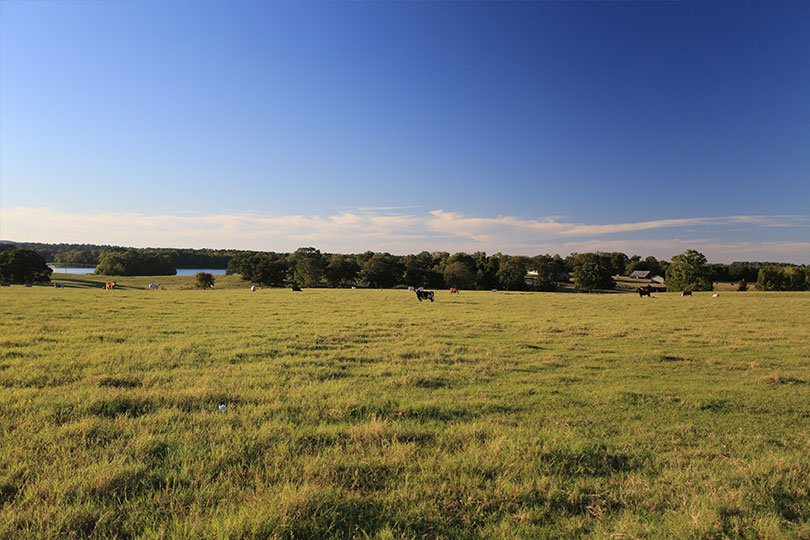By Shelby Shank
Field Editor
Organizations are calling for better tracking of foreign land ownership and advocating for the modernization of the Agricultural Foreign Investment Disclosure Act (AFIDA).
Passed in 1978, AFIDA tracks and monitors investments in U.S. agriculture. The act requires self-reporting by any foreign person who buys, sells or holds a direct or indirect interest in U.S. agricultural land.
The process, however, hasn’t been updated in over 40 years and is filled with inefficiencies and inadequate information, groups say.
The form is self-reported, with penalties for late reporting but not for failing to report. Only the predominant investor and their country is listed on the data form, leaving room for minority stakeholders to not be listed and shielded from public data.
The U.S. Department of Agriculture (USDA) is limited in its ability to track ownership beyond a third tier, making it difficult to identify the true landowner.
“So, say you have a number of entities within one another or a shell corporation, it is very difficult to get past that third tier of ownership. You might not always be ultimately getting to that last country of ownership that might be the most useful to know about,” American Farm Bureau Federation (AFBF) Economist Danny Munch said.
To address these issues, organizations, including Texas Farm Bureau and AFBF, are calling for better enforcement of the act and improvements to the form. Those changes include adding questions to understand what foreign investors are doing with the land and modernization of the program using an online form.
A report from the Government Accountability Office (GAO) highlights issues with the current data collection process that relies heavily on paper submission. The report shows the U.S. may not truly know how much land is owned by foreign entities.
“USDA needs to collect, track and share the data better, and developing a real-time data system would help,” the GAO said.
Despite Congress directing USDA to create an online submission form and database for AFIDA by the end of 2025, USDA currently does not have any plans or timelines to do so. The agency said it has not received funding to create the database.
Foreign ownership by the numbers
Foreign investment in agriculture has significantly increased, reaching 43.4 million acres in 2022. These investments, groups noted, have consequences for U.S. national security.
Texas leads the nation in the amount of foreign-owned agricultural land.
Foreign ownership and investment in U.S. agricultural land—which includes farmland, pastures and forestland—has grown almost 50% since 2017, according to USDA. This increase is mostly due to foreign-owned wind companies obtaining long-term leases for wind turbines.
View the GAO’s report and the breakdown of the report.


Leave A Comment